Nov 13, 2025
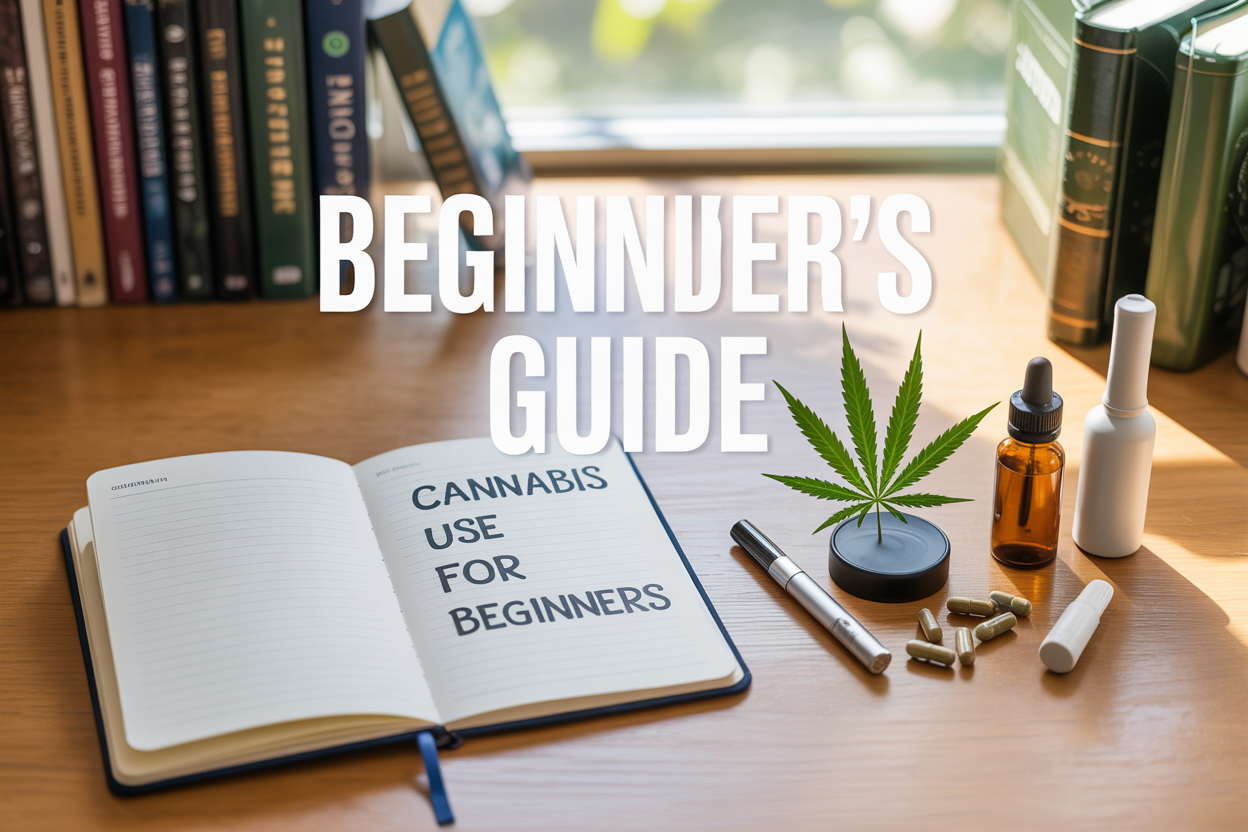
Curious about cannabis but don't know where to start? This beginner's guide is for people who've never tried cannabis use or those returning after years away from it. Cannabis is now legal in many states, but navigating dispensaries, products, and consumption methods can feel overwhelming when you're new.
We'll cover the basics you need to know before your first dispensary visit or when learning about cannabis products. You'll learn about different cannabis consumption methods - from flower and edibles to vapes and topicals - so you can understand the differences between product types. We'll also walk through what to expect during your first dispensary visit and how budtenders can explain product categories and answer general questions.
Most importantly, we'll share safety guidelines for responsible use, including understanding potency, storage, and creating the right environment for your experience. Getting started with cannabis doesn't have to be complicated when you have the right information.

Understanding proper cannabis terminology is crucial for new users entering this evolving landscape. The cannabis industry has developed specific language that reflects both scientific accuracy and cultural respect. Essential terms include cannabinoids, the main chemical compounds in cannabis plants like THC and CBD. Terpenes, such as limonene or myrcene, play an important role in contributing to the aromatic and chemical variability found across different cannabis cultivars.
A budtender is a licensed dispensary employee who can share factual information about product categories and help answer general questions.
Flower refers to the raw cannabis product, often carried in weights relative to an ounce. Cultivars (also called "strains") represent different varieties within the cannabis plant family. A Cultivator (also: "grower") is responsible for the growth and development of specific cultivars. Flower is most effectively rendered usable by consumers using a Grinder, a device that breaks apart the flower into a more managable and usable form.
Concentrates are extracted and concentrated from cannabis and often have higher concentrations of cannabinoids and terpenes. This includes, but is not limited to: hash, shatter, wax, rosin, and resin. For example, Kief refers to the powdery substance from dried trichome heads.
Edibles are foods and drinks infused with cannabis.
The Entourage Effect describes how various cannabinoids and terpenes cooperate with one another.
Pre-rolls are cannabis ‘cigarettes’ that have already been processed and rolled before sale to adult consumers at licensed dispensaries.
Vaporizers (Vapes) refer to devices designed to heat a cannabis product to a temperature below the point of combustion, releasing cannabinoids and terpenes as vapor rather than smoke. Vapes come in various forms, including dry-herb vaporizers intended for cannabis flower. Some vaporizer devices are pre-loaded with cannabis concentrate or distillate; these are sometimes referred to as “All-in-One (AIO)” units. All cannabis vaporizer products are intended for adults 21+ and must be purchased from licensed dispensaries.
Cannabis varieties are now properly categorized as Broad Leaf Varieties (BLV) and Narrow Leaf Varieties (NLV), replacing outdated terminology. BLV, formerly called "Indica," features short stalks, bushy growth patterns, and wide leaves.
NLV, previously known as “Sativas,” displays long, thin leaves and taller growth overall. These classifications are primarily used to describe plant structure and growth traits, rather than effects or consumer experience.
Hemp represents another important variety within the cannabis family, containing 0.3% THC or less and primarily cultivated for fiber, seeds, and industrial purposes. Each variety's phenotype results from the cultivar's interaction with its growing environment, influencing the final product’s physical characteristics and chemical composition.
In recent years, cannabis laws and public understanding have continued to evolve across the United States, including in New York, where adult-use cannabis is now regulated by the Office of Cannabis Management (OCM). These changes reflect a growing focus on education, safety, and responsible use within legal markets.
Years of propaganda and misinformation have created harmful beliefs about cannabis. To move beyond these outdated misconceptions, approach cannabis products with curiosity, research, and responsible use practices. Scientific understanding continues to evolve, contributing to a broader and more evidence-based understanding of cannabis and its many components.
Language matters significantly in this transformation. Avoid using the term "marijuana" as it has roots in cannabis prohibition and carries derogatory connotations. Instead, use vocabulary that presents cannabis in a respectful, scientific light. This linguistic shift reflects the broader cultural movement toward evidence-based understanding and away from stigmatizing language that has historically marginalized cannabis users and hindered legitimate research into the plant's therapeutic potential.

Now that we have covered the fundamental basics of cannabis, implementing proper storage and safety measures becomes essential for responsible home use. Secure storage prevents unauthorized access, particularly from children and pets, while maintaining product quality and potency over time.
Store cannabis products in their original packaging whenever possible, as these containers are specifically designed to preserve freshness and provide important product information. Keep all cannabis items in a cool, dry place away from direct sunlight, heat sources, and humidity, which can degrade cannabinoids and promote mold growth. A locked cabinet, safe, or dedicated storage box ensures products remain inaccessible to minors and unauthorized individuals.
Label all products clearly with purchase dates and identifying information to help maintain awareness of what you have at home. Never leave cannabis products in vehicles, as temperature fluctuations can compromise quality, and New York State law requires that cannabis products be transported securely by adults 21 and older.
With proper storage protocols established, understanding your local legal framework becomes paramount for compliant cannabis use. Cannabis laws vary significantly between states, provinces, and municipalities, making personal research and ongoing awareness critical for legal consumption.
Verify possession limits, consumption locations, and purchase restrictions in your jurisdiction before acquiring cannabis products. Many regions restrict consumption to private residences while prohibiting use in public spaces, vehicles, or rental properties. Age requirements typically mirror alcohol regulations, with most areas requiring users to be 21 years or older for recreational use.
Maintain detailed records of purchases and consumption, as some jurisdictions require proof of legal acquisition. Understand reciprocity laws if traveling, as cannabis legal in your home jurisdiction may not be permitted elsewhere. Professional licensing requirements may also restrict cannabis use in certain careers, making employment policy review essential.
Previously, I've emphasized the importance of legal compliance, and consulting with qualified cannabis professionals provides invaluable guidance for responsible and informed use. Budtenders at licensed dispensaries can share factual information about product categories, cannabinoid content, and available formats to help customers make informed decisions consistent with their preferences and experience level.
Healthcare providers familiar with New York State’s medical cannabis program can provide guidance for registered patients, particularly regarding potential interactions with existing medications or health conditions. Some physicians, nurses, and pharmacists are specially trained in cannabis science and safety protocols and can help patients make informed decisions within the state’s medical framework.
Cannabis educators and consultants offer structured learning opportunities through workshops, consultations, and educational programs designed for beginners. These professionals focus on providing general information about product categories, formats, and responsible use practices while staying current with evolving research and regulations.
Establish relationships with trusted professionals early in your cannabis education, as their expertise can help you better understand product information, safety practices, and evolving regulations.

Finding the right dispensary makes all the difference in your cannabis journey, and Treehouse Nyack is a licensed adult-use dispensary located in Nyack, New York, in the lower Hudson Valley. The dispensary provides a regulated and professional environment where adults 21 and older can learn about cannabis products, safety practices, and New York’s legal framework.
The licensed staff at Treehouse Nyack are trained to provide factual information about product categories, cannabinoid content, and responsible use practices for adults 21 and older. They help new customers understand how to navigate a licensed dispensary and make informed choices consistent with New York State regulations.
Types of Products Available in Licensed Dispensaries
Treehouse Nyack offers a range of regulated cannabis product types available to adults 21 and older, including options designed to support safe and informed participation in New York’s legal cannabis program.
Low-THC edibles products are one option within the regulated adult-use market
Pre-rolls products in New York’s regulated market may contain varying THC and CBD ratios for adult consumers (21+)
Tinctures products are available in the regulated market and labeled to show cannabinoid content for adult consumers (21+)
Topicals products are formulated for external use and do not produce psychoactive effects
Vape cartridges in New York’s regulated market include potency information on their labels as required by state law
Flower products are available in New York’s regulated market and labeled with cannabinoid content for adult consumers (21+)
Educational Resources
What sets Treehouse Nyack apart is their commitment to education. The staff regularly hosts informal Q&A sessions where adults 21 and older can learn about terpenes, cannabinoids, and product categories in a relaxed, educational setting. Their approach emphasizes harm reduction, safety, and responsible cannabis use within New York’s regulated market.
The dispensary provides educational materials that explain product categories, cannabinoid content, and labeling information to support responsible decision-making by adults 21 and older within New York’s regulated market.
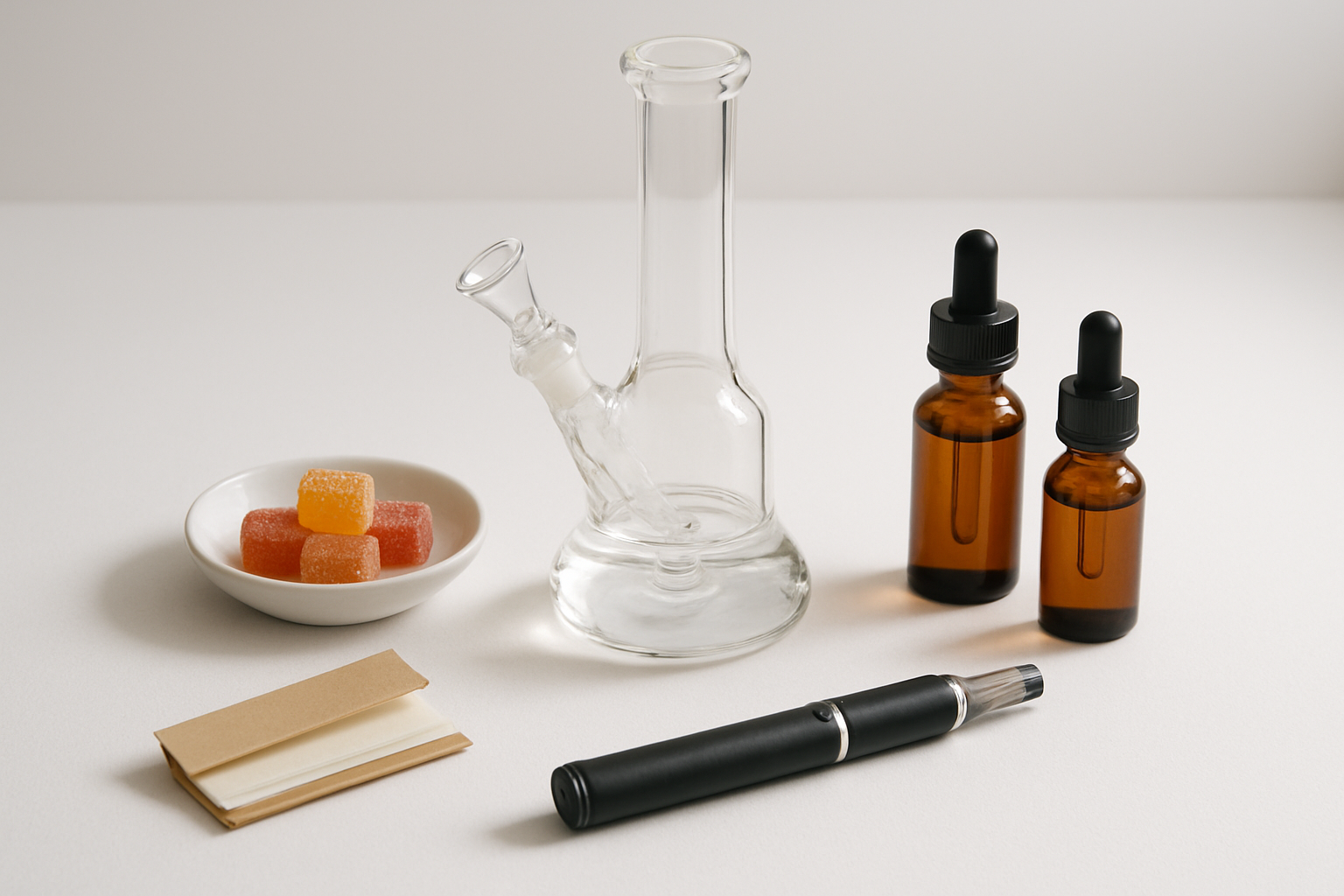
Smoking refers to the combustion of cannabis flower, while vaporizing involves heating it without burning. These methods are among the most common ways people have historically used cannabis. Educational discussions about these approaches can help adults understand differences between product formats available in New York’s regulated market.
Vaporizing involves heating cannabis flower below the point of combustion. This method is one of several ways cannabis products may be consumed within New York’s regulated market. Temperature-controlled devices are available in various forms, and adults 21 and older can review product information at licensed dispensaries to understand their options.
Edible cannabis products, including infused foods and beverages, are processed differently in the body than inhaled products. In New York’s regulated market, these products must include clear labeling about cannabinoid content and serving size to support informed and responsible choices by adults 21 and older.
Tinctures are liquid cannabis products that can be administered sublingually or added to other items. In New York’s regulated market, tincture products include clear labeling about cannabinoid content and serving size to support responsible, informed decisions by adults 21 and older.
With this in mind, it’s also important to understand topical cannabis products, such as balms or lotions, which are available in New York’s regulated market for adults 21 and older. These products are not intended for ingestion and are labeled with cannabinoid content and usage information to support safe and informed consumer choices.
In New York’s regulated market, topical cannabis products are intended for external use only and are labeled accordingly. These products are commonly chosen by adults who prefer non-ingestible formats and value clear labeling about cannabinoid content and use restrictions.
Different cannabis product types vary in how they are processed by the body. In New York’s regulated market, each product label includes information such as cannabinoid content, serving size, and usage format. Adults 21 and older are encouraged to review product labeling and ask licensed dispensary staff general questions to support responsible and informed use.
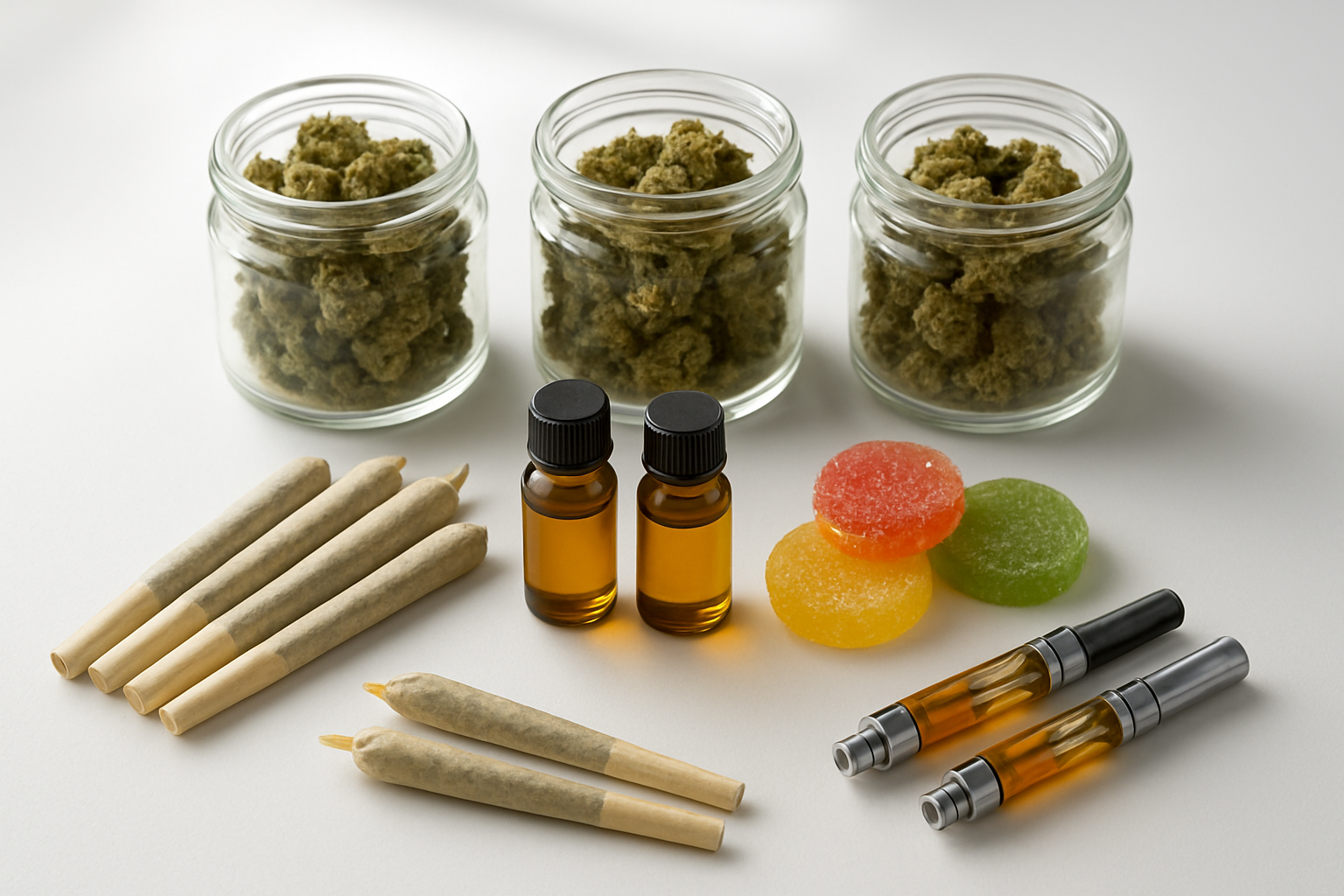
Now that we’ve reviewed various cannabis consumption methods and safety considerations, it’s also helpful to understand the different plant classifications found in the legal market. Narrow leaf varieties are one of several botanical types recognized for their distinct growth patterns and terpene profiles, which contribute to their unique characteristics within the broader cannabis plant family.
Narrow leaf varieties are one of several classifications used to describe cannabis plants based on their growth patterns, leaf structure, and terpene profiles. These plants are often identified by their taller stature and narrower leaves, with terpene compositions that vary across cultivars and may influence their distinct aroma and flavor characteristics.
Narrow leaf varieties are one of several plant classifications available in New York’s regulated cannabis market. These products differ in plant structure and terpene composition from broad leaf or hybrid varieties. Consumers are encouraged to review product labeling and consult licensed dispensary staff for factual information about cannabinoid content and product type.
Broad leaf varieties are another classification of cannabis plants distinguished by their wider leaves and denser structure. These varieties are often recognized for their distinct terpene and cannabinoid profiles compared to narrow leaf or hybrid types. In New York’s regulated market, all products are labeled to reflect cannabinoid content, serving size, and other key information to help adults make informed and responsible decisions.
Broad leaf varieties are generally distinguished by their shorter, bushier plant structure and wider leaves. These plants often exhibit terpene and cannabinoid compositions that differ from narrow leaf or hybrid varieties. In New York’s regulated market, all products must include labeling that clearly communicates cannabinoid content and serving information to support safe and responsible purchasing decisions.
Broad leaf varieties are one of several classifications of cannabis plants distinguished by their wider leaves and denser structure. These varieties may feature unique cannabinoid and terpene compositions compared to other plant types. In New York’s regulated market, adults 21 and older can review product labeling to understand cannabinoid content and serving information before making an informed and responsible purchase.
Previously, we’ve explored the distinct characteristics of narrow and broad leaf varieties. Hybrid varieties represent a combination of these plant types, created through selective cultivation. These hybrids may exhibit a range of physical and chemical characteristics found in both broad and narrow leaf varieties. In New York’s regulated market, product labeling provides detailed information about cannabinoid content and plant classification to help adults make informed purchasing decisions.
Hybrid varieties are created by crossbreeding broad leaf and narrow leaf cannabis plants. Depending on their lineage, hybrids may contain varying levels of cannabinoids and terpenes that reflect characteristics from both plant types. In New York’s regulated market, product labels include detailed information about cannabinoid content and plant classification, helping consumers understand product diversity within the legal system.
For individuals new to cannabis education, hybrid varieties represent a category that combines characteristics from both broad and narrow leaf plant types. These hybrids can display a wide range of cannabinoid and terpene profiles, resulting from their unique genetic lineage. Adults 21 and older in New York can review product labeling to learn about cannabinoid content, serving size, and other required information before making a purchase.
With this in mind, understanding the concentrations of primary cannabinoids becomes essential for making informed product selections. THC (tetrahydrocannabinol) and CBD (cannabidiol) are the two most prominent cannabinoids found in cannabis. Each interacts with the body’s endocannabinoid system in unique ways, and product labeling in New York provides detailed information on their concentrations so adults can make informed and responsible choices.
THC concentrations vary across cannabis products and are typically expressed as a percentage on product labels in New York’s regulated market. These percentages indicate the amount of THC relative to the total product weight. Adults 21 and older can use this information, along with other cannabinoid details, to better understand product strength and make informed purchasing decisions consistent with state regulations.
CBD (cannabidiol) is a non-intoxicating cannabinoid found in cannabis and hemp plants. In New York’s regulated market, product labeling includes information on THC and CBD content, which helps consumers understand cannabinoid ratios and potency before purchasing. Ratios such as 1:1 or 2:1 (THC to CBD) may appear on packaging, allowing adults 21 and older to compare formulations and make informed choices consistent with state guidelines.
When selecting products, adults 21 and older in New York are encouraged to review laboratory testing results that list cannabinoid concentrations and other quality assurance details. Product labels in the regulated market display required testing information so consumers can make informed and responsible purchasing decisions consistent with state regulations.
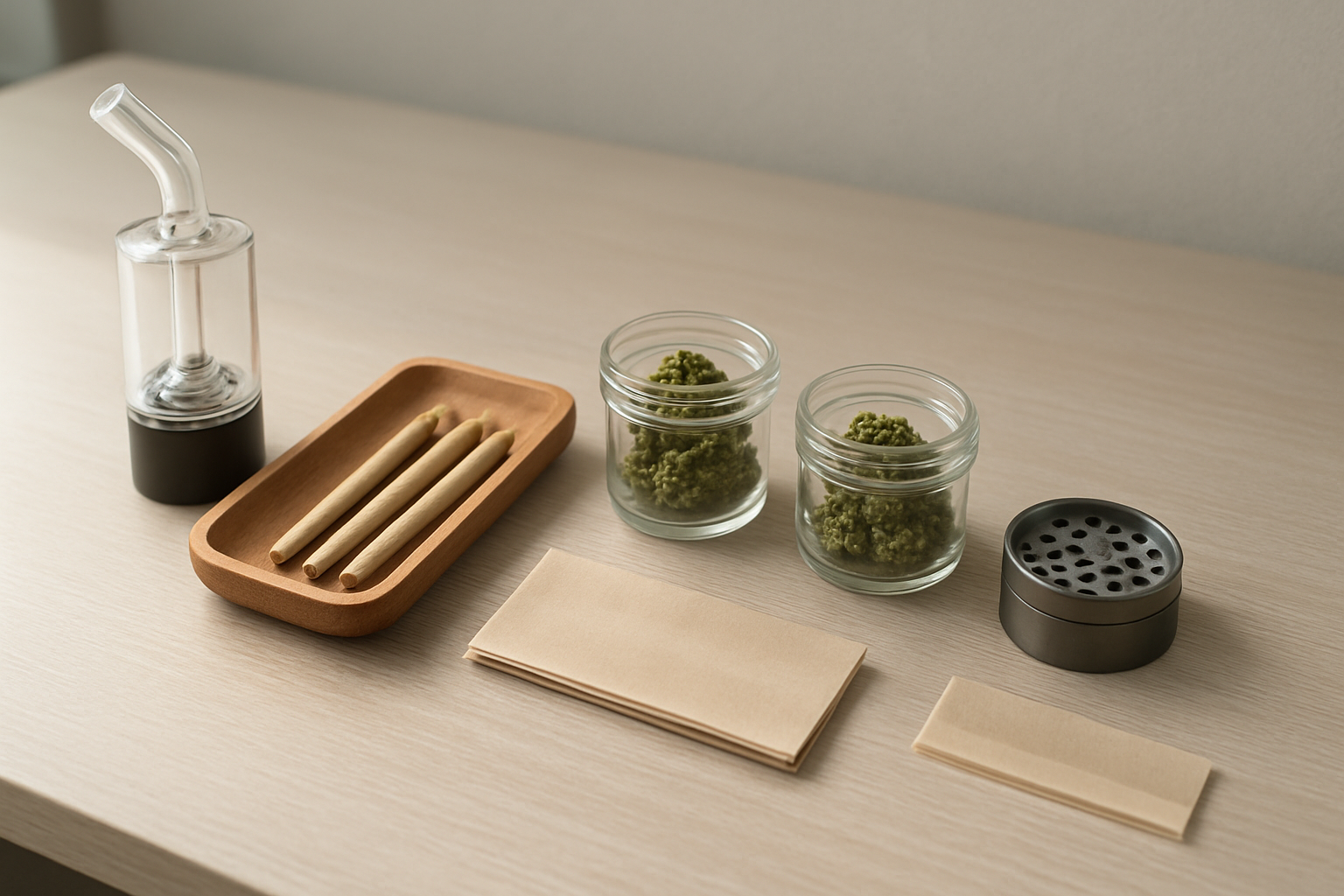
In New York’s regulated market, product packaging includes serving size and potency information designed to help adults 21 and older make informed and responsible choices. Individual responses to cannabis can vary based on factors such as product type, cannabinoid concentration, and personal tolerance. Consumers are encouraged to review product labels carefully and follow all state guidelines regarding legal use.
Because individual experiences with cannabis can vary, adults 21 and older are encouraged to review product packaging, which includes serving size, potency, and testing information. Understanding how different products are labeled helps consumers make informed and compliant purchasing decisions.
Before using any cannabis product, adults 21 and older should ensure they understand the product’s labeling and usage information as provided on state-regulated packaging. It is important to handle all accessories and products responsibly, keeping them clean, safely stored, and out of reach of minors. Consumers should always follow New York State guidelines for legal and responsible use.
When considering where and how to learn about cannabis products, it’s best to do so in a calm and comfortable environment. Focus on reviewing factual product information, such as cannabinoid content and labeling details, and always prioritize safety and compliance with New York State regulations. Consumers should avoid unregulated products and ensure all cannabis items are purchased from licensed dispensaries.
For adults 21 and older who are new to legal cannabis education, it’s helpful to learn in a calm and distraction-free setting. Reviewing factual information about product labeling, cannabinoid content, and safe storage practices at home can support a responsible and informed understanding of New York’s regulated cannabis program.

Understanding how cannabis interacts with the human body begins with recognizing that factors such as product type, potency, and individual biology all play a role. The endocannabinoid system (ECS) helps regulate balance in the body, and cannabinoids like THC and CBD engage with this system differently for every person. This information is shared for general educational purposes only and not as guidance for personal use.
Cannabis interacts with the body’s endocannabinoid system (ECS), which helps regulate balance and various physiological processes. Because every individual’s biology is different, experiences with cannabis products can vary widely. It’s important for adults 21 and older to review labeling information carefully, understand product potency, and follow all New York State regulations for responsible use.
The onset and duration of cannabis products can differ depending on factors such as formulation, route of administration, and individual biology. Adults 21 and older should always review product labeling and certificates of analysis (COAs) for potency, serving information, and safety warnings before use, and should only consume in accordance with New York State regulations.
Previously, many believed that THC alone accounted for the primary characteristics of cannabis. However, scientific understanding has evolved to recognize what’s known as the “entourage effect” — the potential interaction among the plant’s various compounds, including cannabinoids, terpenes, and flavonoids.
he concept known as the “entourage effect” suggests that cannabinoids and terpenes may work together to influence the plant’s overall chemical composition. Research continues to explore how these compounds interact within the cannabis plant. This information is provided for general educational purposes and does not describe or imply consumer effects.
It’s important for adults 21 and older to be mindful that individual reactions to cannabis can vary. Anyone who feels uncomfortable after consuming cannabis should stop use and focus on safety. In New York State, individuals with concerns about adverse reactions should seek medical attention or consult a healthcare professional.
Adults who choose to consume cannabis should always start with a low amount and increase gradually only as permitted by law and personal comfort. Responsible and moderate use helps support safety and awareness.

Cannabis is regulated in New York State for both medical and adult use. Within New York’s Medical Cannabis Program, registered healthcare providers may certify patients for qualifying conditions as defined by state law. Research into cannabis and its components continues, and individuals interested in medical use should consult a qualified healthcare professional or review information provided by the New York State Office of Cannabis Management.
Research into the relationship between cannabinoids and neurological disorders continues to develop. Patients seeking information about the program or its qualifying conditions should consult a registered healthcare provider or visit the New York State Office of Cannabis Management’s website.
Now that we have covered the recognized conditions, establishing open communication with healthcare providers is an important step for individuals interested in New York State’s Medical Cannabis Program. Many physicians are expanding their understanding of cannabis science and state regulations, though comfort levels and knowledge vary across the medical community.
Begin conversations with your healthcare provider by discussing your specific symptoms and how they impact your daily life. Be transparent about any current medications so your provider can determine whether participation in New York State’s Medical Cannabis Program is appropriate for you. Document your symptoms, their severity, and any patterns you notice to provide comprehensive information during consultations.
If your primary care provider is unfamiliar with New York State’s Medical Cannabis Program, you may wish to consult a healthcare professional who is registered with the program. These practitioners are trained in the state’s certification process and can provide information about program eligibility and regulatory requirements.
Previously, I’ve outlined the importance of working with healthcare providers, and with this in mind, we’ll next explore the general process for participating in a state-regulated medical cannabis program. The certification process varies depending on each state’s specific regulations and requirements.
Individuals interested in learning more about their state’s Medical Cannabis Program should review the official resources provided by their regulatory agency. These resources outline eligibility criteria, documentation requirements, and the certification process for qualified patients.
In many states, participation in a medical cannabis program involves a certification process managed by the state’s regulatory agency. This process may include documentation review and consultation with a registered healthcare provider. Applicants should refer to official state resources for details on eligibility and program requirements.
Applicants participating in a medical cannabis program are typically required to submit documentation and maintain communication with their state’s regulatory agency. Keeping accurate records may assist individuals in staying informed about program requirements or renewal timelines as outlined by the appropriate authorities.
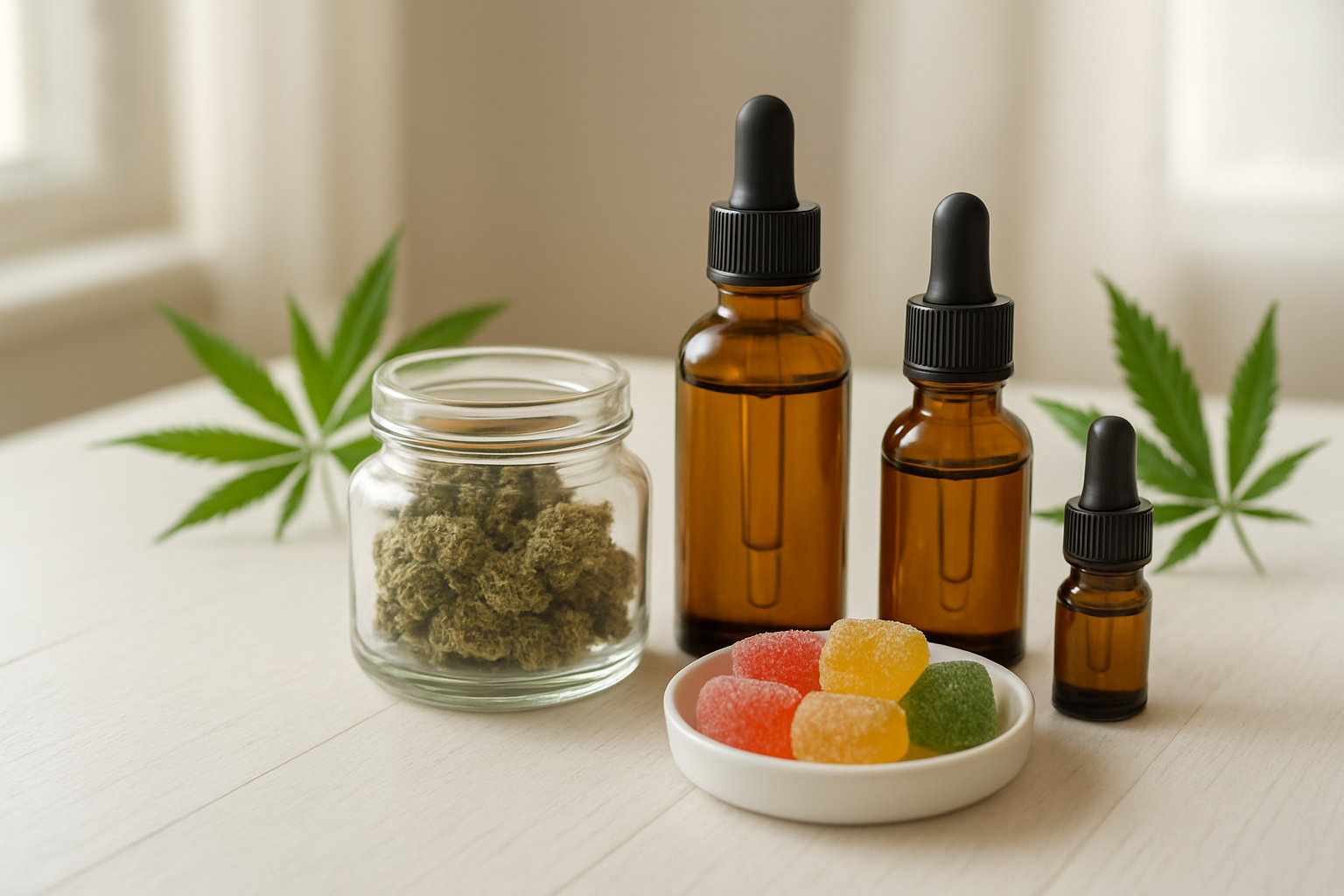
Cannabis is a diverse and evolving topic that interests people for many reasons — from cultural and historical significance to its role in modern wellness discussions. By understanding the basics, learning about different product types, and prioritizing safe and informed use, adults can explore the subject responsibly within New York’s regulated framework. Everyone’s experience may vary, and consumers are encouraged to approach cannabis education with curiosity and care.
Whether you’re curious about cannabis or interested in learning more about New York’s regulated marketplace, visiting a licensed dispensary is the best way to access accurate information. Trained dispensary staff can explain product categories, cannabinoid profiles, and state requirements to help adults make informed decisions in a compliant and responsible way. Take your time, ask questions, and continue learning as cannabis education evolves.